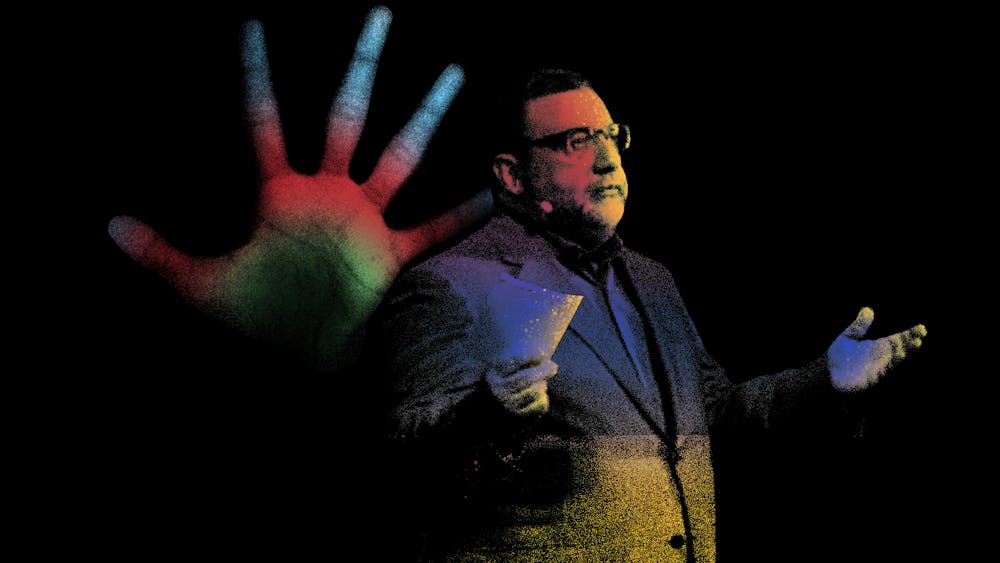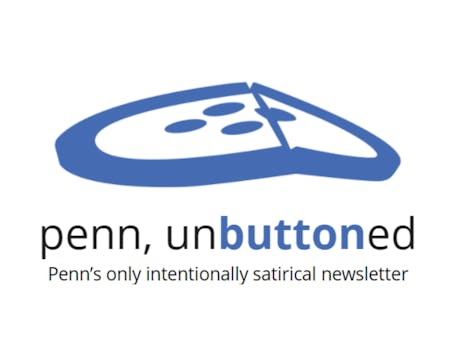
In the shadow of global indifference, veiled under a plethora of other harrowing human rights atrocities around the world, Azerbaijan is carrying out a second Armenian Genocide. The international community, despite clear evidence of crimes against humanity, has largely turned a blind eye to the unfolding disaster in Nagorno-Karabakh (Artsakh), where ethnic Armenians are facing extermination, systematic displacement, brutal violence, and wholesale cultural eradication.
Artsakh, as it is known to its indigenous inhabitants, has been home to Armenian communities since the 1st millennium BC, forming an integral part of the historic Kingdom of Great Armenia. Despite the fact that Artsakh's population has historically been overwhelmingly Armenian, with Armenians comprising more than 90 percent of residents, the territory was arbitrarily placed under Azerbaijan's administration in 1921 through a controversial decree by Joseph Stalin following the 1920 Soviet-Turkish occupation of Armenia. This administrative decision lacked any legitimate legal foundation or democratic consultation with the region's inhabitants, and represented a strategic move within Soviet policy rather than a recognition of historical or demographic realities.
Unfortunately, the latest atrocities are a continuation of a historical campaign against Armenians, who were first to accept Christianity as their national religion in 301 CE. A legacy of violence left behind from the Ottomans and the terrors of the Armenian Genocide in 1915 found new life, first in the annihilation of 20,000 ethnic Armenians in the Nagorno-Karabakh city of Shushi (1920), and then in the waning days of the Soviet Union, when pogroms in Sumgait, Kirovabad, and Baku (1988-1990) resulted in the massacre and deportation of thousand of Armenians. The notorious Operation Ring further cemented this ethnic hatred, as native Armenians were forcibly displaced from their ancestral villages across Nagorno-Karabakh and surrounding areas.
In response to the pogroms of 1988-1990, the Armenians of Nagorno-Karabakh, fearing a repeat of genocide, held a referendum to formally become a part of Soviet Armenia. Azerbaijan, incensed by this peaceful democratic expression, commenced a brutal military campaign aimed to quell the movement. Despite being outmatched in military strength, the native Armenians, realizing that submission would result in annihilation of their national and religious identity, banded together and, against all odds, defeated the aggressors. By 1994, a ceasefire was signed, and the Armenians of Artsakh, outnumbered but determined, emerged victorious — though peace remained elusive.
Azerbaijan, however, never abandoned its ambitions to retake the region and ethnically cleanse its Armenian population. The so-called frozen conflict was shattered in 2020 when Azerbaijan, backed by Turkey and bolstered by Syrian mercenaries, launched a full-scale war on Nagorno-Karabakh. Over 4,000 Armenians were killed, as Azerbaijan overtook territories and bombarded civilian areas, committing war crimes documented by multiple international human rights organizations.
In the years that followed, Azerbaijan escalated its tactics from military assaults to siege warfare. From December 2022 to September 2023, the Lachin Corridor — the sole lifeline connecting Artsakh to Armenia — was blockaded by Azerbaijan. This 10-month blockade, widely condemned as a violation of international law, deprived the 120,000 Artsakh Armenians of essential goods and humanitarian aid, amounting to a medieval-style siege in the 21st century.
The deliberate starvation of an entire population was but a prelude to another military offensive launched by Azerbaijan. In September 2023, Azerbaijani forces overwhelmed the enclave, forcing nearly every Armenian to flee. In less than a week, Artsakh was emptied of Armenians — its indigenous people — as the rest of the world remained indifferent despite its promise of "Never Again."
Yet, this is not just a story of displacement. It is a story of the systematic destruction of a people’s culture, history, and existence. In the aftermath, Armenian churches, khachkars (cross-stones), cemeteries, and cultural landmarks have been desecrated or obliterated, displaying Azerbaijan president Ilham Aliyev’s plan to erase Armenian heritage and existence in every form.
Today, Armenians held captive by the aggressor, particularly leaders and former officials, are being subjected to sham trials, torture, and forced disappearances. Ruben Vardanyan, a former State Minister of Artsakh and philanthropist, was falsely arrested and imprisoned by Azerbaijan in September 2023 as he attempted to escape the siege alongside civilians. Amnesty International has called attention to Vardanyan’s detention, demanding that Azerbaijani authorities ensure fair trial rights and investigate credible allegations of torture and inhumane treatment against him and others.
In protest of his politically motivated imprisonment and the broader injustice against the Armenian people of Artsakh, Vardanyan launched a hunger strike in February 2025. His act of resistance has drawn international concern, with human rights organizations warning of the risks to his health and demanding his immediate release. The hunger strike is a desperate plea to the world to take notice of the plight of Artsakh Armenians, who continue to endure Azerbaijan’s campaign of repression and erasure.
But Ruben Vardanyan is not alone. Dozens of Armenian civilians and leaders have been imprisoned by Azerbaijan, many subjected to degrading treatment, coerced confessions, and unlawful detention in violation of international human rights standards. Amnesty International’s country report on Azerbaijan continues to outline a grim picture: a state where dissent is crushed, prisoners are tortured, and ethnic hatred toward Armenians is cultivated at the highest levels.
What the world is witnessing is not merely the aftermath of a regional conflict, but the implementation of a genocidal policy. President Elchibey’s chilling 1992 declaration — that “if there is a single Armenian left in Karabakh by October, the people of Azerbaijan can hang me in Baku’s central square” — is no longer just rhetoric. It has become reality.
The UN recognizes that no people should be forced to live under a government that has historically sought their extermination. The Armenians of Artsakh desire peace, but they cannot, and should not, be expected to accept Azeri rule after decades of ethnic cleansing and aggression. The international community must honor both the principle of self-determination and the right of a people to live free from the shadow of their persecutors.
As an Armenian-American, living thousands of miles away from my ancestral homeland, it is deeply painful to witness these atrocities from afar. Sadly, this is a feeling many of us in the diaspora and beyond know all too well as we hear of the suffering in other conflict zones. Yet, how privileged we are to be able to scroll past headlines, turn off the news, close our laptops, and return to the comfort and safety of our daily lives. Those in Artsakh, and countless others caught in the grip of war and oppression, are not afforded that privilege. The least we can do is raise our voices and advocate for those whose voices have been silenced.
The University of Pennsylvania must not remain silent while another chapter of Armenian ethnic and cultural cleansing unfolds. Penn should take a stand, recognizing and condemning the ethnic cleansing of Artsakh. As an institution dedicated to truth and justice, it has a moral responsibility to support human rights and acknowledge the plight of a people fighting for survival.
History will remember those who stood silent — and those who chose to speak.
SOSE HOVANNISIAN is a College junior majoring in Communications and minoring in history and consumer psychology from Los Angeles, California. Her email is sosehova@sas.upenn.edu.
The Daily Pennsylvanian is an independent, student-run newspaper. Please consider making a donation to support the coverage that shapes the University. Your generosity ensures a future of strong journalism at Penn.
Donate








